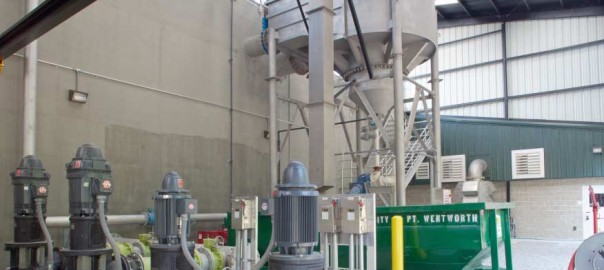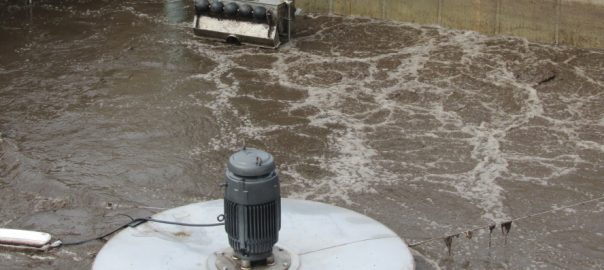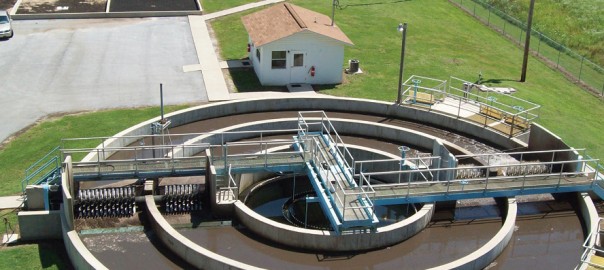
When did you last update your wastewater treatment plant? Have you considered the benefits of upgrading? Some municipalities don’t plan improvements until violations or compliance warnings hit. Save money by making upgrades to your wastewater treatment plant now rather than when it’s too late.
Why would you need to make changes if you haven’t been notified of a violation? One of the biggest reasons is that the guidelines change as studies lead to new information. Guidelines for wastewater treatment change from time to time. It’s up to you to keep up with the changes.
2022 Changes to Final Effluent Guidelines
The EPA’s Final Effluent Guidelines Program was published on January 11, 2021. Already, several changes have been recommended for Preliminary Plan 15. They include:
- Addressing PFAS discharges in chromium electroplating facilities and operations
- Altering discharge standards for the meat and poultry industry, particularly focusing on phosphorus and nitrogen
- Changing the limits for OCPSF (Organic Chemicals, Plastics, and Synthetic Fibers) regarding PFAS
- Creating Supplemental Rulemaking for Steam Electric Power Generating (coal power plants)
- Publishing the results of completed studies regarding PFAS in various industries, including canned seafood, explosives, landfills, metal products/machinery, soap/detergent, etc.
- Studying PFAS discharges from landfills, carpet manufacturers, and textile mills
When guidelines change, industries need to keep up. Does your plant have a wastewater treatment facility to treat water before releasing it to a body of water or sewer? It’s important to make the necessary upgrades to comply with the regulations. If you manage a wastewater treatment facility for your municipality, it’s also essential to make sure you’re meeting current EPA guidelines.
The Clean Waters Act Applies to the Majority of People
In the U.S., any municipality, business, or person is prohibited from discharging pollutants into a body of water. The only exception is a party named on a National Pollutant Discharge Elimination System (NPDES) permit. This permit authorizes the permit holder to release pollutants (up to the specified level).
Wastewater treatment plants have NPDES permits, but they also have rules they must follow. Wastewater is screened to remove things like wrappers, baby wipes, etc. It may go through grinder pumps to break heavier materials. It then goes through grit removal, primary sedimentation, and secondary treatment. In secondary treatment, organic matter is removed using methods like aeration and secondary clarification.
When the water is treated, and bacteria and chemical agents (if used) have done their part, the remaining cleaned water must meet the levels outlined in the permit. There are maximum levels given for the agency’s Priority Pollutant List, which covers pollutants like ammonia nitrogen, arsenic, asbestos, benzene, chloroform, cyanide, lead, mercury, etc. If the wastewater doesn’t meet these levels, problems arise.
What happens if you don’t have an NPDES permit and discharge effluent or other illegal materials? The EPA can fine you up to $16,000 per day, with a cap of $187,500 per discharge.
Fines Can Strain Your Finances
When caught, the fines for compliance warnings and violations can be costly. Here are a few cases and the total fines and penalties that industries and municipalities received.
- American Zinc
For years, American Zinc allowed processed wastewater to go into the stormwater stream, releasing excessive levels of cadmium and zinc into Aquashicola Creek. In addition, the company had several air pollution violations. A penalty of $3.3 million was levied against the company.
American Zinc was ordered to implement $4.3 million in upgrades. The order included adding equipment to detect leaks, upgrading their monitoring equipment, and developing a plan to control stormwater.
- Churchill Downs
Factories and municipalities are not the only ones to face fines related to improper wastewater disposal. Churchill Downs was fined for years of violations in New Orleans. Over 500 horses are housed in the stables, and the manure and urine in the stables, wash racks, and walkways led to untreated wastewater going into the municipal stormwater system.
As little as half an inch of rain caused manure, urine, horse shampoo, gray water, etc., to travel from the Churchill Downs to storm drains leading to the London Avenue Canal. From there, the untreated sewage ended up in Lake Pontchartrain and the Mississippi River. These events happened over 250 times in six years, leading to close to $2.8 million in civil penalties.
In addition, Churchill Downs must spend an estimated $5.6 million to establish a system that prevents all raw sewage from reaching New Orleans’s stormwater system. This likely means the development of a small wastewater treatment plant at the facility.
- The City of Corpus Christie, Texas
Corpus Christie, Texas, is home to six wastewater treatment facilities and over 1,250 miles of sewer pipes. Plus, there are dozens of lift stations. While the city’s wastewater plants have NPDES permits, they were caught exceeding the effluent limits. While it was unintentional, they were fined $1.136 million in penalties.
Some of the problems were caused by pipe blockages and grease, but it also came down to the equipment not keeping up with population growth. The city must clear the blockages, clean all sewer lines, improve maintenance, and better monitor plant operations and capacity. The improvements needed will cost around $600 million and will take 15 years to complete.
- Cleveland Cliffs Burns Harbor Facility
The EPA found that this steel mill released ammonia nitrogen and cyanide into the East Branch of the Little Calumet River in Indiana. Fish were dying, and people swimming at nearby beaches were exposed to these toxins. A pump failure at the steel mill’s wastewater treatment plant was blamed.
Civil penalties of just over $3 million were levied, with half of those fines being paid by Indiana. Cleveland Cliffs Burns Harbor Facility also has to install an ammonia-N removal system by 2025 and use a lined storage pond if there is a pump failure in the future.
- DuPont
In Orange, Texas, DuPont and Performance Materials NA, Inc. were ordered to pay $3.1 in civil penalties and legal fees for hazardous waste, air, and water pollution. Specific to the Clean Water Act, the facility released wastewater without a proper permit. Pollutants from the wastewater ended up in the Sabine River Basin.
In addition to the fine, DuPont needs to have a third party inspect the wastewater treatment system to ensure it meets the requirements set forth in the permit.
- The City of Hattiesburg, Mississippi
In 2020, the EPA fined Hattiesburg $165,000 in civil penalties and $220,000 in a Supplemental Environmental Project after sewer overflows led to violations of the Clean Water Act and the city’s NPDES permit.
In addition to the fines, the city must spend about $14.2 million on improvements by the end of 2024. Required improvements include inspections and repairs to sewer lines and force mains, upgrades in the pump stations, and equipment to monitor flow rates. Plus, authorities also ordered enhanced training for management and workers, grease controls, an emergency response plan, and remote monitoring.
What Can You Do
The best way to avoid fines and penalties is by paying attention to the terms of your permit. Even if you think you meet the regulations, it doesn’t hurt to go back over everything. Are there any limits where your facility often comes close to missing the mark?
Do you perform maintenance regularly? If you find it hard to keep up, one of the first upgrades you should make is to look at the machinery that reduces the need for constant maintenance. Equipment with submerged bearings will be harder to maintain. Stainless steel construction won’t rust or corrode as quickly, which improves longevity.
Since 1928, Lakeside Equipment’s been helping businesses and municipalities meet their goals for clean water. Talk to our experts to learn how to upgrade your municipality’s wastewater treatment plant in ways that improve performance and efficiency while also staying cost-effective.







